A series of five new images from NASA’s Chandra X-ray Observatory show the beauty of space as seen in the X-ray wavelength. Data from Chandra has been combined with data from other telescopes operating in the visible light and infrared wavelengths to show some of the unique features of the high-energy universe.
The images show a range of objects from the heart of the Milky Way to supernova remnants, each one combining different sets of data to create a stunning view of an object that couldn’t be perceived in this way by human eyes.
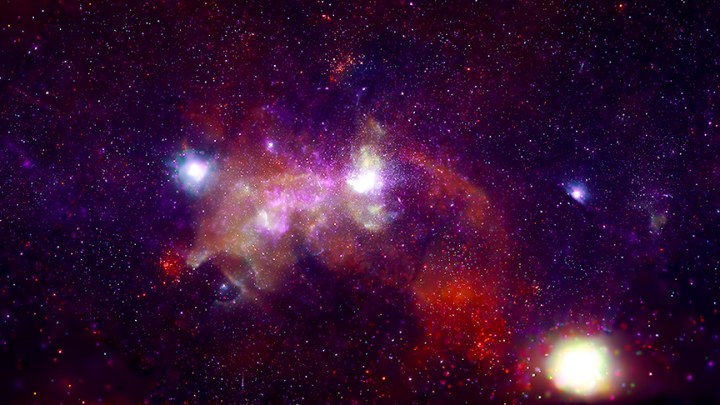
The center of our galaxy, shown above, is a busy region full of objects like massive stars, incredibly dense neutron stars, superheated clouds of gas, and a supermassive black hole named Sagittarius A*. The clouds of bright color show the presence of energy in the X-ray wavelength.
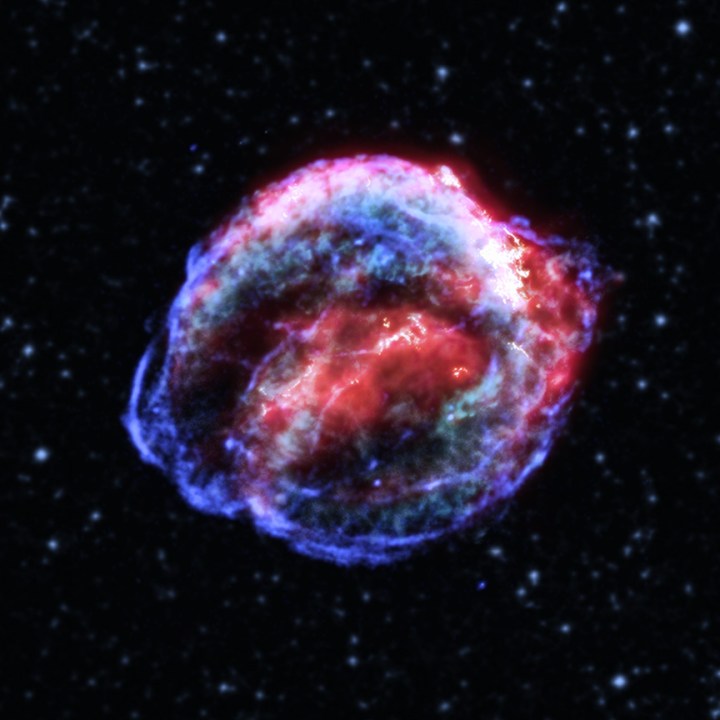
When a massive star reaches the end of its life and explodes as a supernova, the shockwave from the explosion can reach out far into space and interact with nearby dust and gas to form a supernova remnant. These shells appear around the site where the star exploded, and this image combines optical, infrared, and X-ray observations to show the different parts of the remnant like the debris and the blast wave.
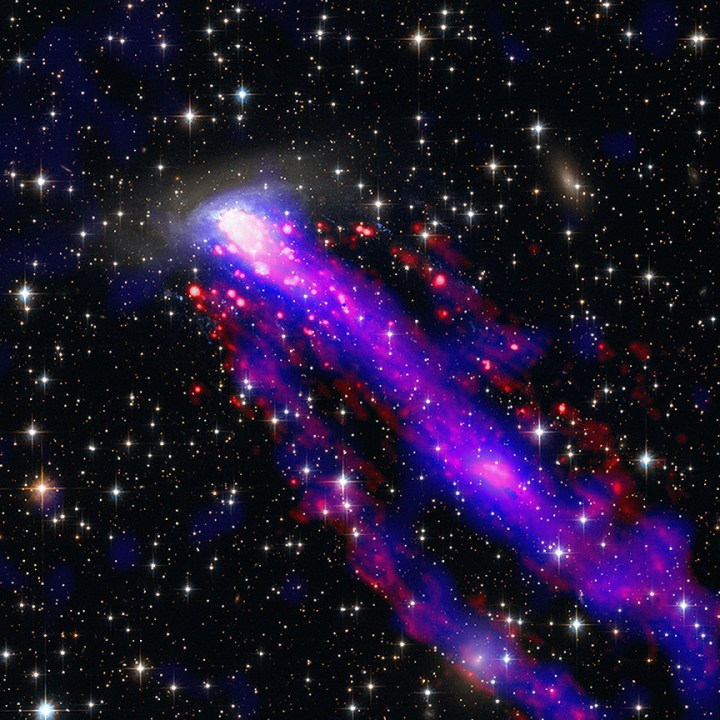
This galaxy zips through space at a tremendous speed of 1.5 million miles per hour, leaving a dramatic pair of tails in its wake. As the galaxy moves, it trails superheated gas which gives off X-rays that Chandra can observe, shown in blue. The patches of red are hydrogen, which was observed in the infrared. Visible light is represented in orange and cyan.
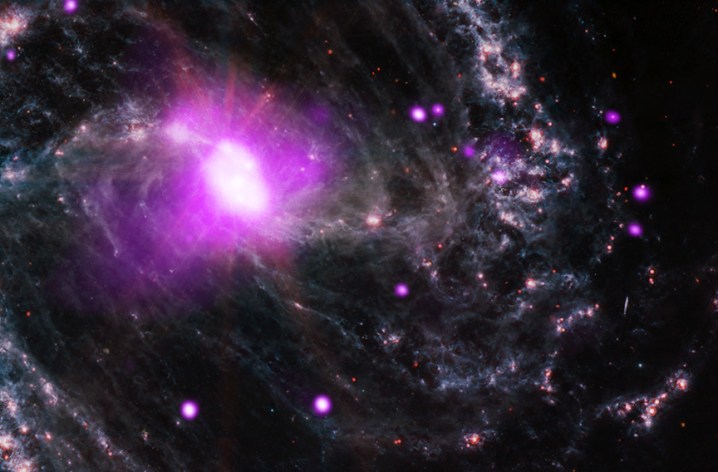
Like our galaxy and most others, NGC 1365 also hosts a supermassive black hole at its center. This image shows the hot gas swirling around the black hole in purple, as it gradually falls in and the black hole devours it. The Chandra X-ray data is combined with infrared data from the James Webb Space Telescope.
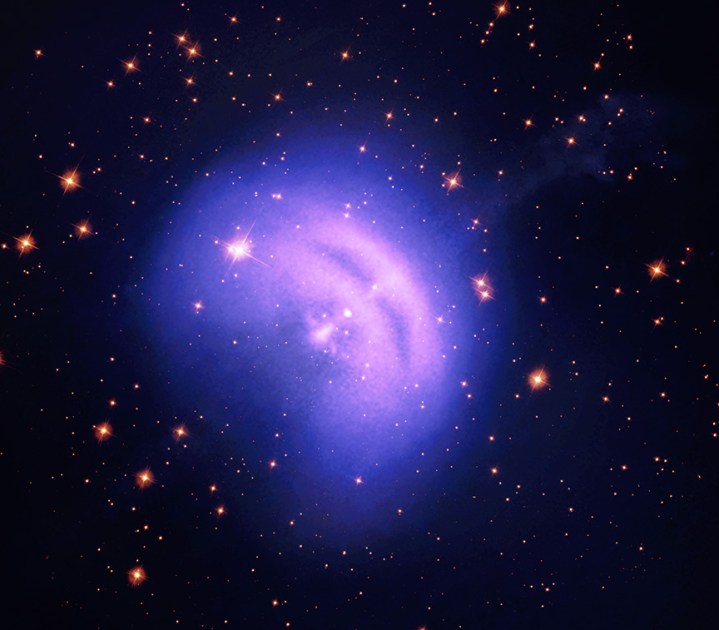
Finally, another supernova remnant is shown here. Within the remnant is a pulsar, a type of neutron star that has a strong magnetic field and which gives off regular pulses of energy in high wavelengths like X-ray and gamma-ray. The purple glow is X-ray energy captured by Chandra, while blue light is from another X-ray telescope called IXPE. It is set over a background of stars captured in the visible light wavelength.
Editors’ Recommendations
SpaceX gets big hint from FAA on next Starship launch opportunity
SpaceX images flaunt the awesome power of Starship rocket
Watch SpaceX test new water deluge system for Starship launches
See stunning images combining James Webb and Chandra X-ray data
See the first image of Earth from a new weather-monitoring satellite

Georgina is the Digital Trends space writer, covering human space exploration, planetary science, and cosmology. She…
NASA and SpaceX target new Crew-6 launch date after scrubbed effort

After NASA and SpaceX scrubbed the launch of Crew-6 just a couple of minutes before lift-off early on Monday morning, officials have announced they’re now targeting Thursday for the next launch effort.
The team called off Monday’s launch attempt at the Kennedy Space Center in Florida when it suddenly encountered an issue in the ground systems affecting the loading of the ignition fluids for the Falcon 9 rocket that will carry the astronauts to the International Space Station (ISS) inside the Crew Dragon Endeavour capsule.
Read more
SpaceX restricts Ukraine from ‘weaponizing’ its Starlink internet

SpaceX has taken action to restrict the Ukrainian army from using its Starlink internet service to control weapon-laden drones on the battlefield.
Soon after Russia began destroying Ukraine’s critical infrastructure following its invasion last year, SpaceX started shipping numerous Starlink dishes — linked to SpaceX satellites in low-Earth orbit — to help the Ukrainian government, hospitals, banks, and others get back online.
Read more
Watch SpaceX footage of Falcon Heavy from launch to landing
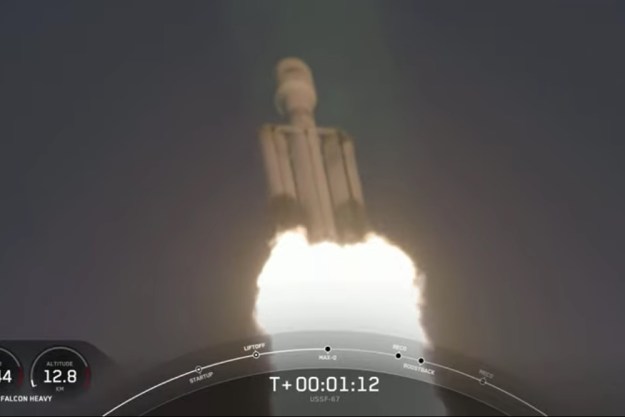
SpaceX recently shared an incredible 90-second video showing a rocket’s-eye view of a Falcon 9 booster from launch to landing. The sped-up footage went viral and has so far racked up 60 million views on Twitter alone.
Now the spaceflight company has released a similar video showing Sunday’s mission that involved its more powerful, triple-booster Falcon Heavy rocket.
Read more
>>> Read full article>>>
Copyright for syndicated content belongs to the linked Source : Digital Trends – https://www.digitaltrends.com/space/chandra-five-x-ray-images/































